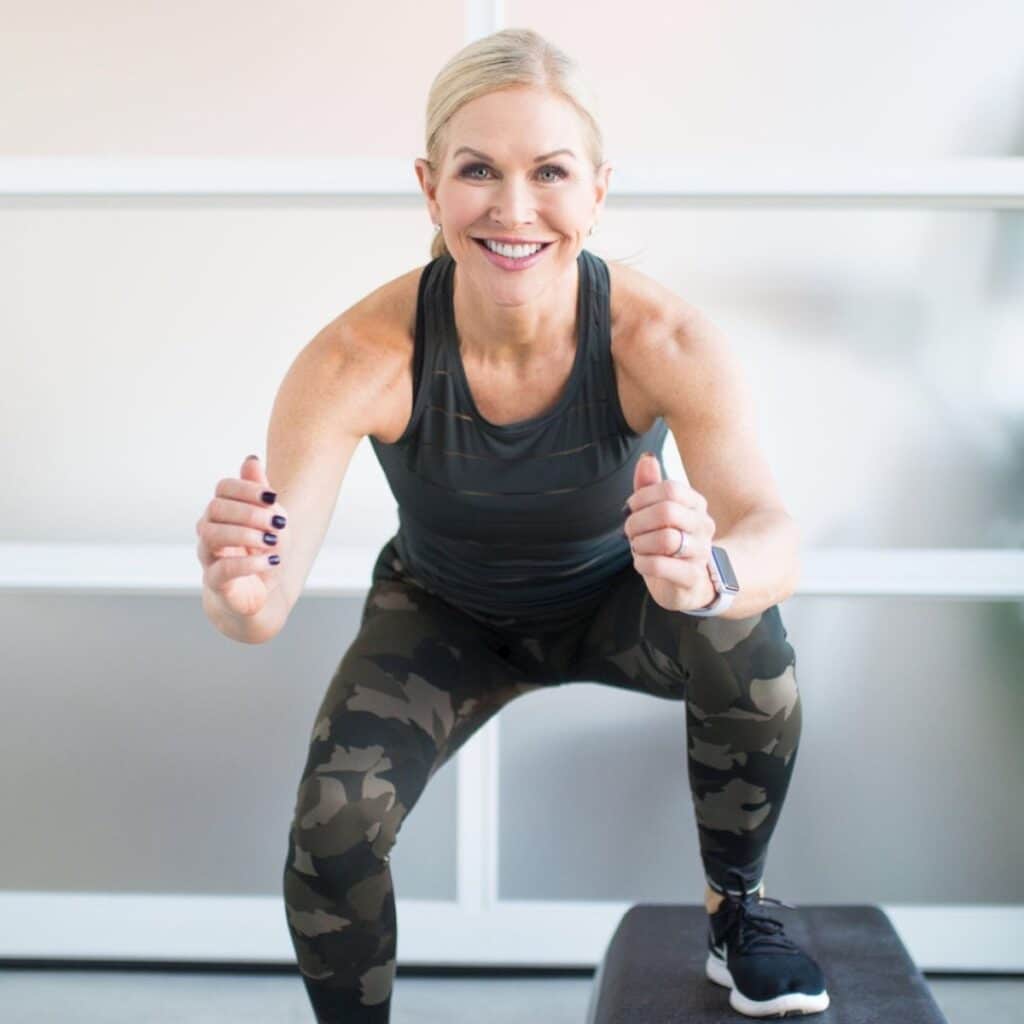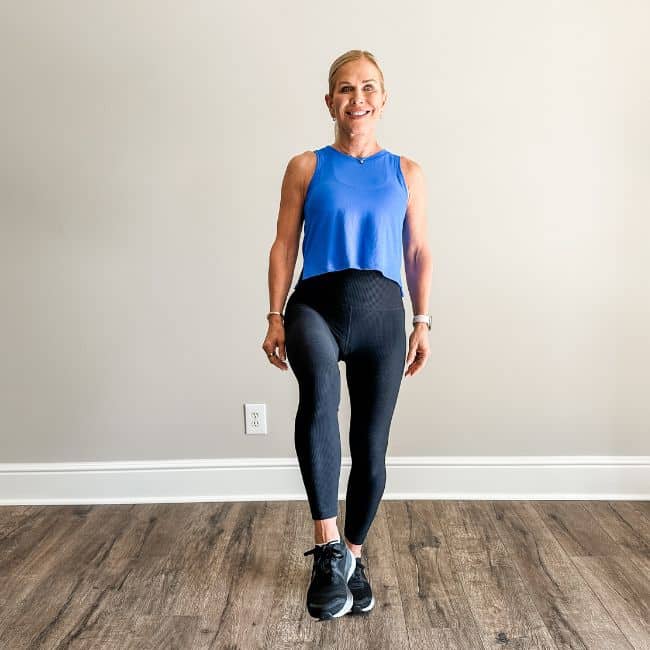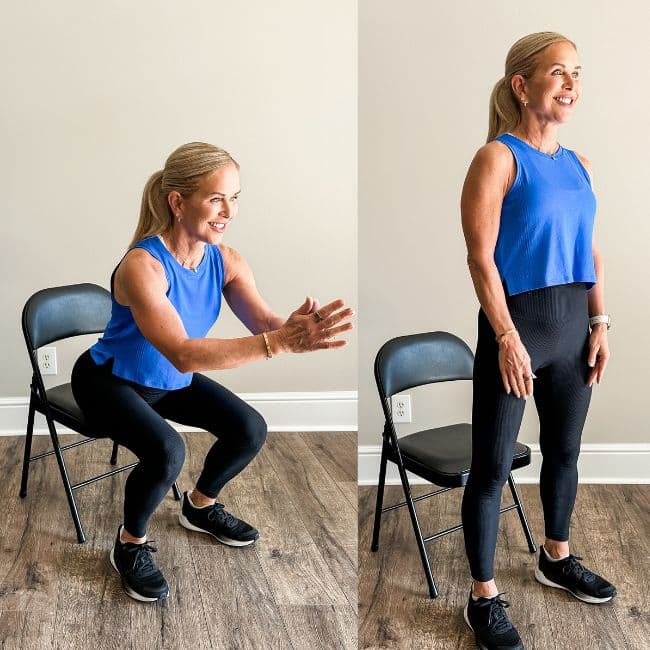Unlock the Shocking Truth: 3 Easy Self-Tests That Expose Your Body’s Real Age—Are You Aging Faster Than You Think?
Ever caught yourself strolling into a room and totally blanking on what you came for? Yeah, me too—and it’s a cheeky little reminder that aging isn’t just about those silver strands or laugh lines creeping in. It’s way trickier—and honestly, way more fascinating—than that. As women navigating midlife’s rollercoaster, from pregnancy to perimenopause and post-menopause, we’ve earned every wrinkle and story. But here’s the real kicker: the true saga of aging is written not in the mirror, but in how your body moves, balances, and how sharp your mind stays.
Now, before you start stressing — nope, this isn’t about doom and gloom. It’s about empowerment, owning your journey, and getting real with how your body’s doing right now. Lucky for us, there are simple, science-backed self-tests you can run at home—no fancy gadgets required. Whether your balance needs a tune-up, your strength could use a boost, or your brain wants a little workout, these three tests will give you a sneak peek into the state of your physical and mental aging. Trust me, this isn’t about being “over the hill”—it’s about climbing higher, stronger, and smarter every day.
Aging is a gift but let’s be honest, it’s not always easy.
As women in midlife, we’ve been through a lot…pregnancy, perimenopause, post-menopause and plenty of moments where we walk into a room and wonder what we came in for.
While gray hairs and laugh lines may be the most visible signs of aging, they aren’t necessarily the most important. How your body functions—your balance, your strength, your mental sharpness—is the true marker of how well you’re aging.
The good news? There are simple, science-backed tests you can do today, in the comfort of your home, to check in on how your body and brain are doing. And if you find yourself needing improvement don’t panic! These are opportunities to grow stronger and more capable, not signs that you’re “over the hill.”
Let’s dive into three functional tests that will give you insight into your physical and cognitive aging.

Table of Contents
1. The One-Leg Balance Test
Let’s start with balance because it’s something many people overlook until they suddenly fall off the curb or trip over the dog. Balance is crucial to staying independent and injury-free.
In fact, research from Mayo Clinic found that balance declines faster than almost any other physical function as we age. That’s why the one-leg balance test is such a powerful indicator of how well your body is aging.

Here’s how to do it:
- Stand tall, barefoot or in flat shoes.
- Lift one foot off the ground and time how long you can hold it without putting the foot down.
- Try both sides!
What the research shows:
- In your 30s–40s: aim for 1 minute
- In your 50s: try for 45 seconds
- In your 70s: try for 28 seconds
- In your 80s: try for 12 seconds
Can’t hold it that long? Don’t stress. It just means it’s time to work on your balance.
Why It Matters:
Poor balance = higher fall risk = greater injury risk = less independence. But the amazing thing is that balance is trainable at any age.
Just like muscle, you can build it with consistency. Check out these exercises to improve your balance!
2. The Sit-to-Stand Test (for Muscle and Mobility)
Want to know the real secret to aging well? Muscle.
If you’ve been around here long, you’ve heard me say it 1,000 times…muscle is your metabolism, your bone support, your balance, your energy, your strength, your independence. But starting in our 30s, we naturally start to lose muscle mass every decade unless we actively work to maintain it.
One quick way to check how your lower-body strength is holding up is the sit-to-stand test, specifically the 5-time sit-to-stand test.

Here’s how to do it:
- Sit in a sturdy chair with your arms crossed over your chest.
- Start a timer.
- Stand up and sit down 5 times as quickly as you can without using your hands.
- Stop the timer when you’ve completed your fifth stand.
How did you do?
- Under 11 seconds = great!
- Over 11 seconds? That’s a nudge to start building lower body strength.
And remember, this isn’t about comparison. It’s about creating awareness and taking action.
Want to build strength? Try these 11 best strength training moves for women over 50.
3. The Dual-Task Test (for Cognitive Flexibility)
Now let’s check in on your brain health and not just your memory. I’m talking about something called cognitive flexibility, which is your brain’s ability to switch between tasks, stay sharp, and adapt to new challenges. It’s a big part of what helps us stay mentally agile as we age.
One simple way to test this at home is through a dual-task exercise. Basically, moving your body while challenging your brain.

Try this:
- Go for a walk (even just around the house or yard).
- While walking, try one of the following:
- Count backward from 100 by threes
- Recite every other letter of the alphabet
- Do simple math equations aloud
Now compare how you do on that brain task while sitting still vs. while walking. If your performance drops significantly while moving, it may be time to incorporate more brain-boosting challenges into your daily life.
This study on dual-tasking confirms what we already know.
Your body and brain are deeply connected. That’s why movement, strength training, and even activities like dancing or trying a new workout routine can help keep your mind sharper too.
Aging Well is a Lifestyle
These tests aren’t here to discourage you. They’re here to empower you. To help you get a read on where you’re at and what you may want to work on.
Just like I always say: Aging is inevitable. But how well you age? That’s up to you.
If any of these tests were eye-opening for you—good! That’s your body sending you a message, and you have the power to respond with action.
Try these simple tests every few months to track your progress. Keep moving, lifting weights, nourishing your body, and challenging your mind. And remember, it’s never too late to make changes that support your long-term health.
You are not defined by your age. You are defined by your habits.















Post Comment